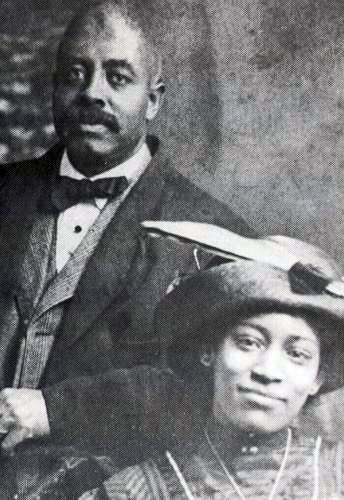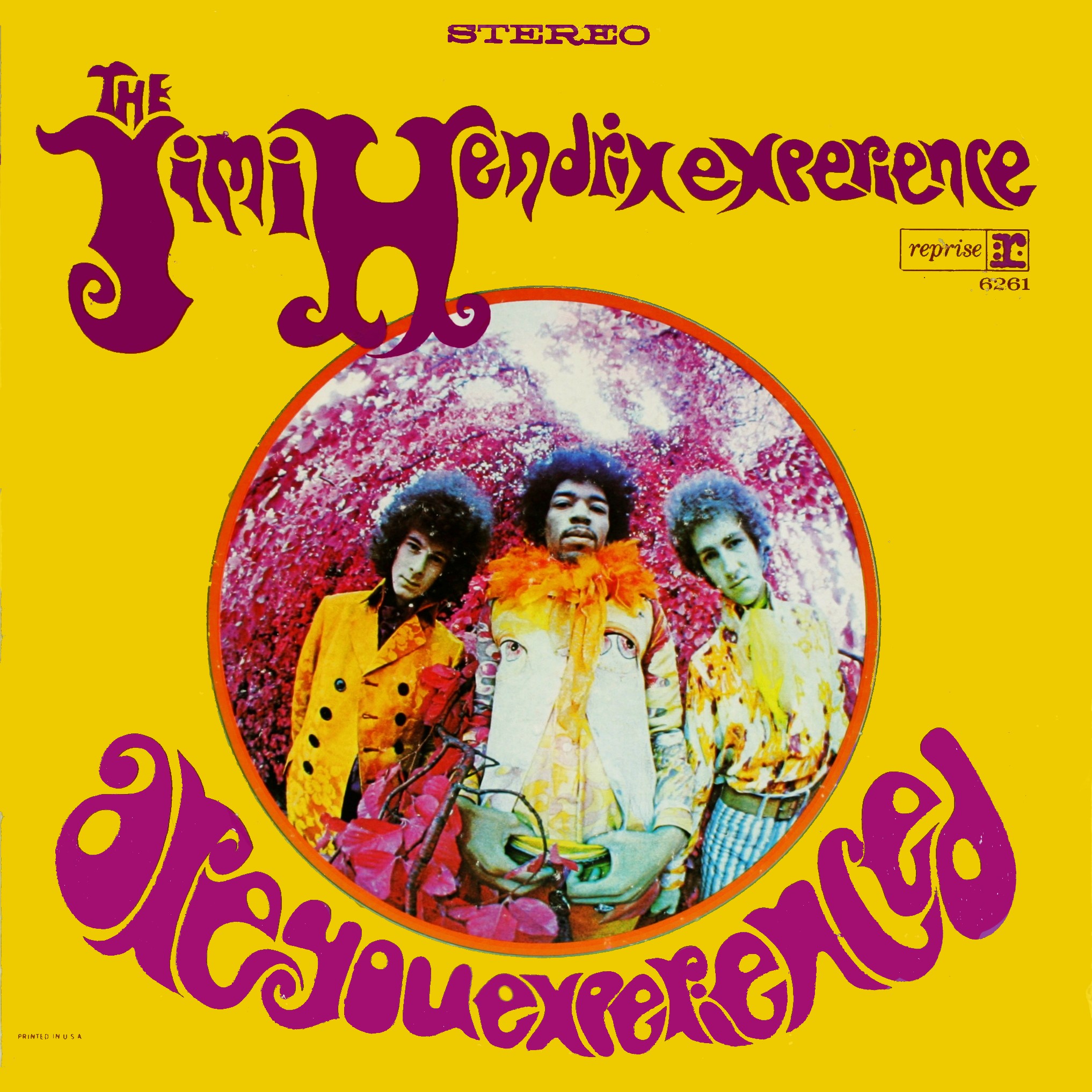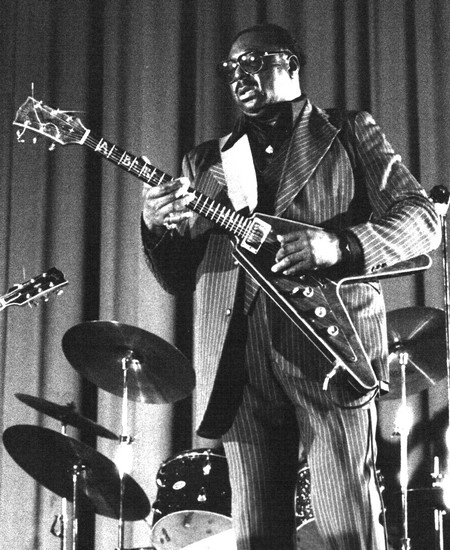|
Live At The Isle Of Fehmarn
''Live at the Isle of Fehmarn'' is a posthumous live album by Jimi Hendrix, released on December 13, 2005, by Dagger Records. It was recorded by the post-Band of Gypsys Jimi Hendrix Experience that included Hendrix, Mitch Mitchell, and Billy Cox. The album documents their performance at the Open Air Love & Peace Festival in Fehmarn, West Germany on September 6, 1970, which was Hendrix's final official concert performance. Several amateur recordings were made and released as bootlegs over the years, and after a new audio recording made by the festival’s promoter surfaced, the album was mixed and produced. Indeed, unknown to Hendrix, the promoters captured the group’s entire performance by feeding two overhead stage microphones into a consumer grade Revox reel-to-reel tape machine located off to the side of the stage. Track listing All songs were written by Jimi Hendrix, except where noted. #"Introduction" – 0:44 #" Killing Floor" (Chester Arthur Burnett Howlin' Wol ... [...More Info...] [...Related Items...] OR: [Wikipedia] [Google] [Baidu] |
The Jimi Hendrix Experience
James Marshall "Jimi" Hendrix (born Johnny Allen Hendrix; November 27, 1942September 18, 1970) was an American guitarist, singer and songwriter. Although his mainstream career spanned only four years, he is widely regarded as one of the most influential electric guitarists in the history of popular music, and one of the most celebrated musicians of the 20th century. The Rock and Roll Hall of Fame describes him as "arguably the greatest instrumentalist in the history of rock music." Born in Seattle, Washington, Hendrix began playing guitar at the age of 15. In 1961, he enlisted in the US Army, but was discharged the following year. Soon afterward, he moved to Clarksville, Tennessee, Clarksville then Nashville, Tennessee, and began playing gigs on the chitlin' circuit, earning a place in the Isley Brothers' backing band and later with Little Richard, with whom he continued to work through mid-1965. He then played with Curtis Knight, Curtis Knight and the Squires before moving t ... [...More Info...] [...Related Items...] OR: [Wikipedia] [Google] [Baidu] |
All Along The Watchtower
"All Along the Watchtower" is a song by American singer-songwriter Bob Dylan from his eighth studio album, ''John Wesley Harding'' (1967). The song was written by Dylan and produced by Bob Johnston. The song's lyrics, which in its original version contain 12 lines, feature a conversation between a joker and a thief. The song has been subject to various interpretations; some reviewers have noted that it echoes lines in the Book of Isaiah, Chapter 21, verses 5–9. Dylan has released several different live performances, and versions of the song are included on some of his subsequent greatest hits compilations. Covered by numerous artists, "All Along the Watchtower" is strongly identified with the interpretation Jimi Hendrix recorded with the Jimi Hendrix Experience for their third studio album, ''Electric Ladyland'' (1968). The Hendrix version, released six months after Dylan's original recording, became a Top 20 single in 1968, received a Grammy Hall of Fame award in 2001, and w ... [...More Info...] [...Related Items...] OR: [Wikipedia] [Google] [Baidu] |
Jimi Hendrix Live Albums
Jimi may refer to: * Jimi language (Cameroon) * Jimi language (Nigeria) * Jimi languages * Jimi system, the administration system of ancient China * Jimi River, in Papua New Guinea * Jimi Valley, in Papua New Guinea * Jimi District, in Papua New Guinea * Jimi Rural LLG, in Papua New Guinea * "Jimi", a song by The Beastie Boys from their 1994 album ''Some Old Bullshit'' * A waist-cloth traditionally worn by Bharwad women in India People with the name *Jimi Cauty (born 1956), British musician * Jimi Hendrix (1942–1970), American guitarist *Jimi Heselden (1948–2010), British entrepreneur *Jimi Jamison (1951–2014), songwriter and singer of the band Survivor *Jimi Lewis (born 1974), English field hockey player *Jimi Shields (born 1967), Irish musician *Jimi Tunnell, American musician See also * James (name) * Jimmi * Jimmie * Jimmy (other) Jimmy may refer to: Arts and entertainment Film and television * ''Jimmy'' (2008 film), a 2008 Hindi thriller directed by Raj ... [...More Info...] [...Related Items...] OR: [Wikipedia] [Google] [Baidu] |
Live Albums Published Posthumously
Live may refer to: Arts, entertainment, and media Films * ''Live!'' (2007 film), 2007 American film * ''Live'' (2014 film), a 2014 Japanese film *'' ''Live'' (Apocalyptica DVD) Music *Live (band), American alternative rock band * List of albums titled ''Live'' Extended plays * ''Live EP'' (Anal Cunt album) * ''Live EP'' (Breaking Benjamin EP) * ''Live'' (Roxus EP) * ''Live'' (The Smithereens EP) *''CeCe Peniston (EP Live)'' *''Ozzy Osbourne Live E.P.'', 1980 *''Live EP (Live at Fashion Rocks)'', by David Bowie * ''Live EP'' (The Jam EP) Songs * "Live" (Russian song) * "Live" (Superfly song) * "Live" (The Merry-Go-Round song) Radio *BBC Radio 5 Live *CILV-FM, branded LiVE 88.5, a radio station in Ottawa, Canada Television * ''Live'' (South Korean TV series), a 2018 South Korean television series * ''Live'' (Danish TV series) *Live! (TV channel), Italy *'' Live! with Kelly'', US TV talk show Types of media *Live action (cinematography), a motion picture not produced using ani ... [...More Info...] [...Related Items...] OR: [Wikipedia] [Google] [Baidu] |
Voodoo Child (Slight Return)
"Voodoo Child (Slight Return)" is a song recorded by the Jimi Hendrix Experience in 1968 that appears as the final track on the ''Electric Ladyland'' album released that year. It contains improvised guitar and a vocal from Jimi Hendrix, backed by Noel Redding on bass and Mitch Mitchell on drums. The song is one of Hendrix's best known; it was a feature of his concert performances throughout his career, and several live renditions were recorded and released on later albums. After his death in 1970, Track Records released the song as a single in the United Kingdom using the title "Voodoo Chile" (see Voodoo Chile#Confusion over title, confusion over title). It became Hendrix's only number one single on the UK Singles Chart, reaching the top position during the week of November 15, 1970. Several artists have performed or recorded versions of the song. ''Rolling Stone'' magazine included it at number 101 on their original 2004 list of the "Rolling Stone's 500 Greatest Songs of All T ... [...More Info...] [...Related Items...] OR: [Wikipedia] [Google] [Baidu] |
Purple Haze
"Purple Haze" is a song written by Jimi Hendrix and released as the second single by the Jimi Hendrix Experience on March 17, 1967. The song features his inventive guitar playing, which uses the signature Hendrix chord and a mix of blues and Eastern modalities, shaped by novel sound processing techniques. Because of ambiguities in the lyrics, listeners often interpret the song as referring to a psychedelic experience, although Hendrix described it as a love song. "Purple Haze" is one of Hendrix's best-known songs and appears on many Hendrix compilation albums. The song featured regularly in concerts and each of Hendrix's group configurations issued live recordings. It was inducted into the Grammy Hall of Fame and is included on lists of the greatest guitar songs, including at number two by ''Rolling Stone'' and number one by ''Q'' magazine. Background and recording By January 5, 1967, the Jimi Hendrix Experience's first single, "Hey Joe", backed with " Stone Free", had peaked ... [...More Info...] [...Related Items...] OR: [Wikipedia] [Google] [Baidu] |
Freedom (Jimi Hendrix Song)
"Freedom" is a rock song by Jimi Hendrix that is often regarded as one of the most fully realized pieces he wrote and recorded in the months before his death. It incorporates several musical styles and the lyrics reflect various situations facing Hendrix at the time. Hendrix recorded the song in mid-1970 with his post-''Band of Gypsys'' backing lineup of drummer Mitch Mitchell and bassist Billy Cox, along with additional musicians. "Freedom" became the opening track on ''The Cry of Love'' (1971) and, in the U.S., it was released as Hendrix's first posthumous single. Lyrics In a song review for AllMusic, Matthew Greenwald writes: "The lyrics seems to be a simple, swaggering lust song (something Hendrix was indeed expert at), but the urban vibe in the title also relates to some of Hendrix's own managerial and business problems at the time." Biographer John McDermott also feels that the lyrics touch upon Hendrix's relationship with Devon Wilson and her heroin addiction: Music wri ... [...More Info...] [...Related Items...] OR: [Wikipedia] [Google] [Baidu] |
Ezy Ryder
"Ezy Ryder" is a song written and recorded by American musician Jimi Hendrix. It is one of the few studio recordings to include both Buddy Miles on drums and Billy Cox on bass, with whom Hendrix recorded the live ''Band of Gypsys'' album (1970).Other non-demo/jam/rehearsal studio recordings with Miles and Cox include the single " Stepping Stone" / "Izabella" (1970) and "Room Full of Mirrors" (on '' Rainbow Bridge'', 1971). "Ezy Ryder" was first released on ''The Cry of Love'', the 1971 posthumous collection of songs that Hendrix was working on when he died. Since, it has been included on other attempts to present Hendrix's planned fourth studio album, such as ''Voodoo Soup'' (1995) and ''First Rays of the New Rising Sun'' (1997). Various demo and live recordings have also been released on albums. Early performances An early version of "Ezy Ryder" was first recorded, designated with the title "Slow", on February 16, 1969, at Olympic Studios in London. The basic track for the son ... [...More Info...] [...Related Items...] OR: [Wikipedia] [Google] [Baidu] |
Red House (song)
"Red House" is a song written by Jimi Hendrix and one of the first songs recorded in 1966 by the Jimi Hendrix Experience. It has the musical form of a conventional twelve-bar blues and features Hendrix's guitar playing. He developed the song prior to forming the Experience and was inspired by earlier blues songs. "Red House" was first released on the British edition of Hendrix's debut album ''Are You Experienced'' in May 1967 (for the American album release, previously released Experience singles were used in its place). A second similar take was eventually released in the US in July 1969 on the American ''Smash Hits'' compilation. The song was a fixture of Hendrix concerts throughout his career. Although the lyrics and basic structure were followed, his performances usually varied from the original recording. Many were recorded and continue to be released officially for the first time, including on '' Miami Pop Festival'' (2013) and '' Freedom: Atlanta Pop Festival'' (2015) ... [...More Info...] [...Related Items...] OR: [Wikipedia] [Google] [Baidu] |
Foxy Lady
"Foxy Lady" (or alternatively "Foxey Lady") is a song by the Jimi Hendrix Experience. It first appeared on their 1967 debut album ''Are You Experienced'' and was later issued as their third single in the U.S. with the alternate spelling. It is one of Hendrix's best-known songs and was frequently performed in concerts throughout his career. ''Rolling Stone'' magazine placed the song at number 153 on its list of the "500 Greatest Songs of All Time". Composition and lyrics Music critic Thomas Ward points out "if one song could be said to encapsulate Hendrix’s entire oeuvre, 'Foxey Lady' is certainly closer than most." The song opens with a fingered note "shaken in a wide exaggerated vibrato" so the adjacent strings are sounded. After the amplifier is allowed to feed back, Hendrix slides down to the rhythm figure, which uses a dominant seventh sharp ninth chord, a jazz and rhythm and blues-style chord, often referred to as the "Hendrix chord". Hendrix's biographer Keith Shadwi ... [...More Info...] [...Related Items...] OR: [Wikipedia] [Google] [Baidu] |
Hey Baby (New Rising Sun)
"Hey Baby (New Rising Sun)" or simply "Hey Baby" is a song written and recorded by American musician Jimi Hendrix, from his second posthumous album '' Rainbow Bridge'' (1971). The song is a slower and more melodic piece, which features the prominent use of chorus- and tremolo-effects on guitar. Hendrix uses an idealized feminine figure that recurs in several of his lyrics. Commentators have seen the song as representative of his post-''Band of Gypsys'' musical direction. "Hey Baby" was in development for over two years and Hendrix had recorded several demo and jam versions, before debuting it in concert on April 25, 1970. On July 1, he recorded a version live at the new Electric Lady Studios in New York City. It was one of the tracks Hendrix proposed for his planned, but never completed, fourth studio album. In 1971, longtime Hendrix recording engineer Eddie Kramer, and drummer Mitch Mitchell selected the Electric Lady version as the closing track for ''Rainbow Bridge''. T ... [...More Info...] [...Related Items...] OR: [Wikipedia] [Google] [Baidu] |
Billy Roberts
William Moses Roberts Jr. (August 16, 1936 – October 7, 2017) was an American songwriter and musician credited with composing the 1960s rock music standard "Hey Joe" (of which the best-known version is the hit by The Jimi Hendrix Experience). Biography Roberts attended The Citadel, The Military College of South Carolina but left school for the life of an itinerant musician. He learned to play the 12-string guitar and blues harmonica, on which he claimed to have been tutored by Sonny Terry. In the early 1960s he went to New York's Greenwich Village where he busked on the street and played in coffeehouses. It was there that he composed the song "Hey, Joe," which he copyrighted in 1962. Early the same year, after a brief and turbulent marriage, Roberts traveled to Reno, Nevada to obtain a divorce. After that, he went to San Francisco where he again played in coffeehouses. It would become his base of operations for the rest of his career. In 1964-1965, Roberts was part of a San Fr ... [...More Info...] [...Related Items...] OR: [Wikipedia] [Google] [Baidu] |


